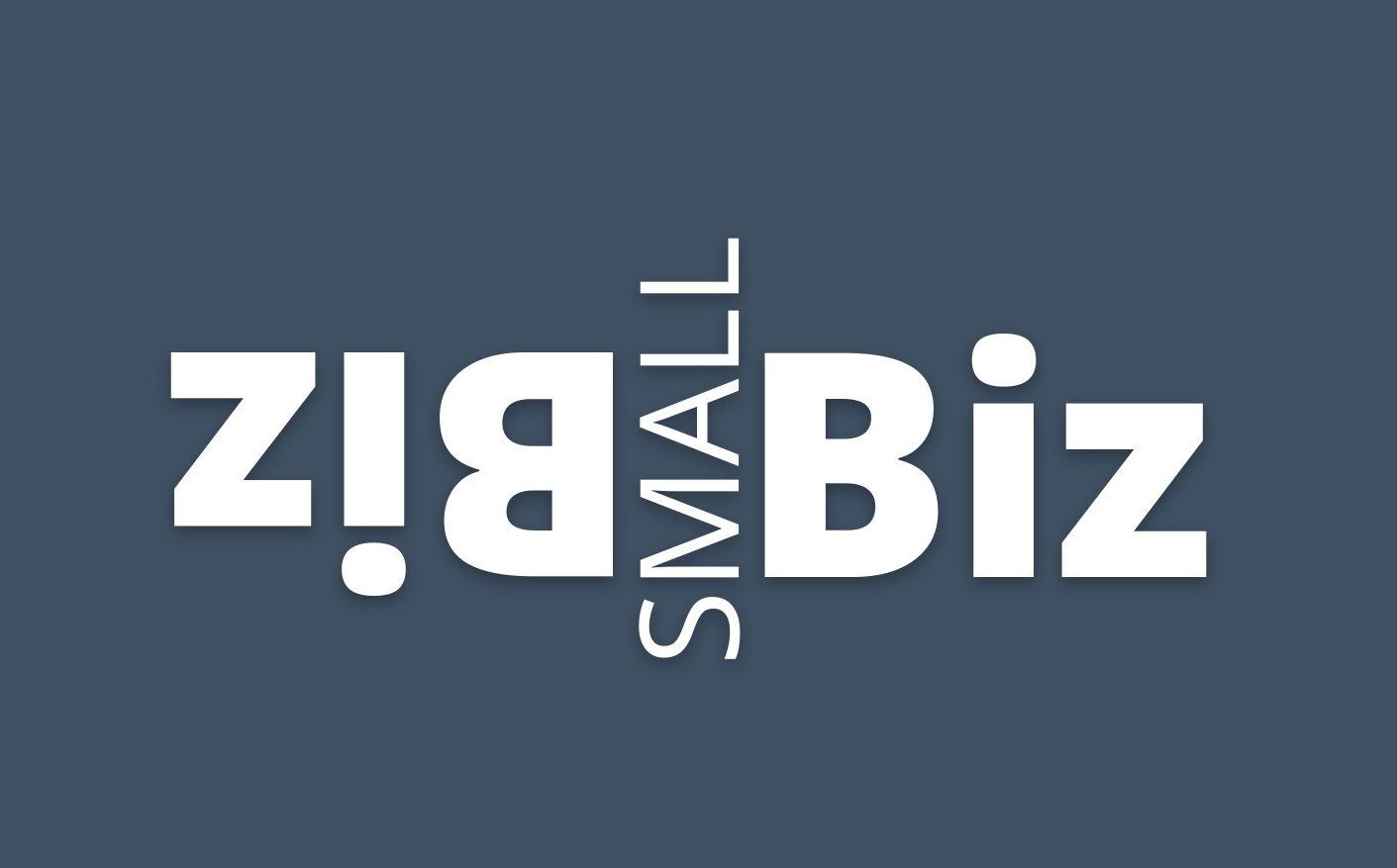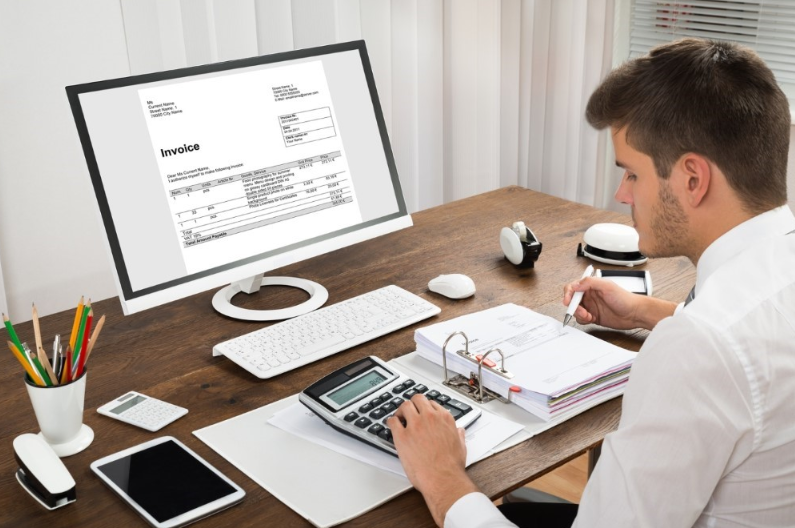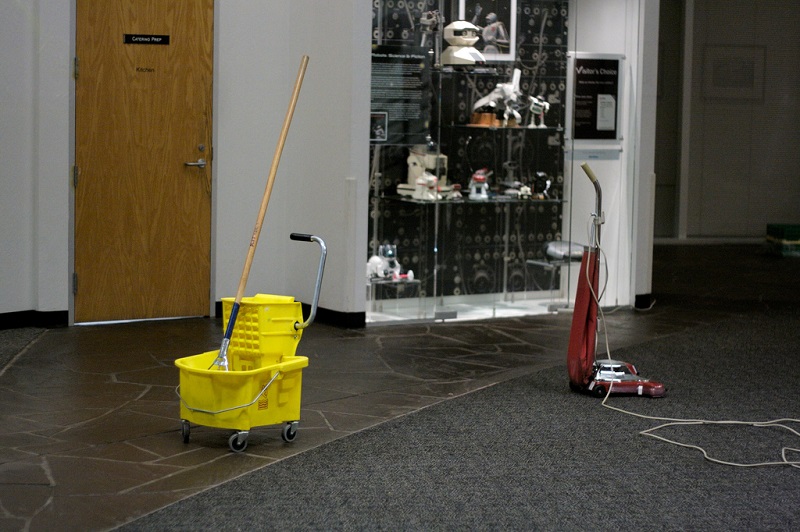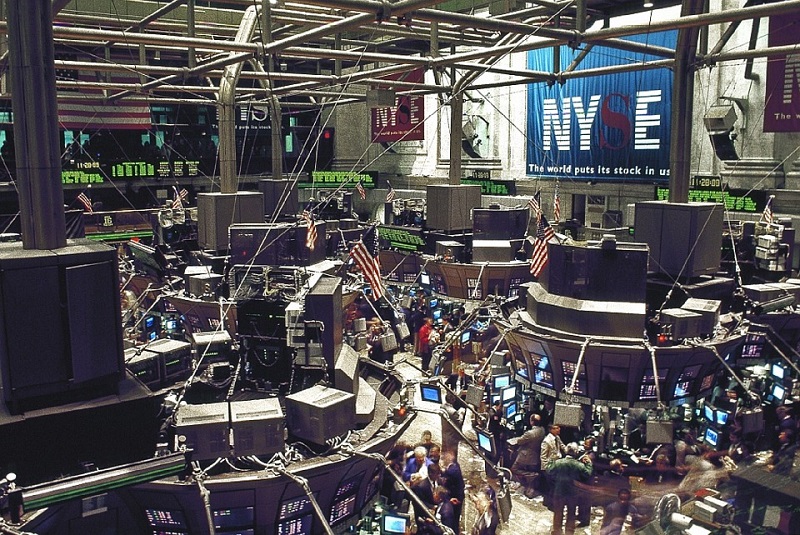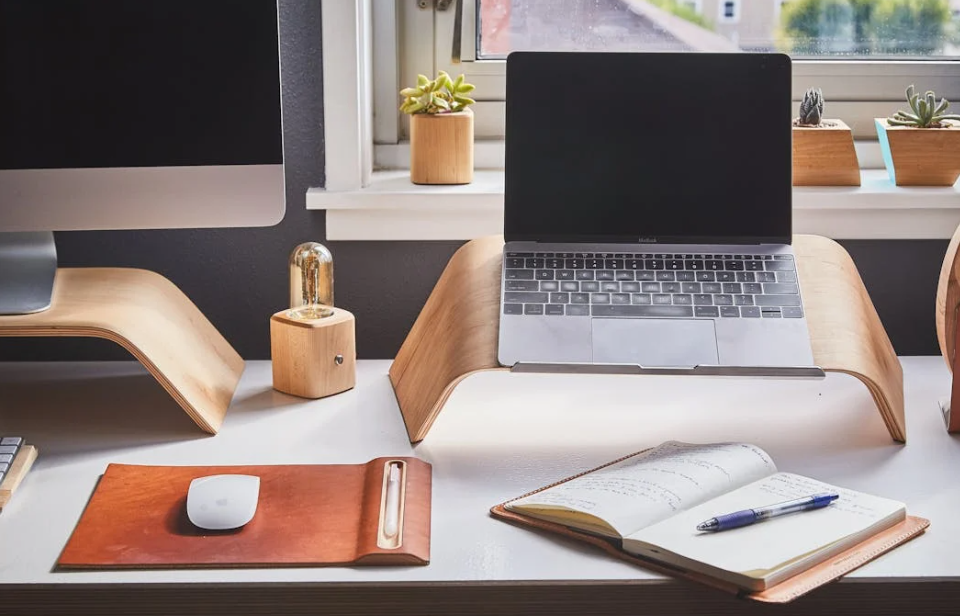Printing an object well in 3D can often come close to art. It is easy and immediate to print a model. Still, to obtain a clear and clean print, it is necessary to check numerous settings and know how to manage different parameters.
Errors and defects have different origins: they depend on the printer and its limits, on its settings, sometimes they are due to the materials used, or it all depends on the design and shape of the object you want to print. Finally, there may be some sub-optimal settings in the slicing process. So here are our three tips for printing like a pro.
1. Use quality materials
The first aspect to take care of to print well is the choice of the filament, which must be of excellent quality. The raw material is essential: old plastics cannot produce precise and well-defined prints, poorly preserved or dubious quality. For example, for a formup machine, you should only use quality materials, to get good results.
Suppose a filament contains impurities or has absorbed water because it is stored in a humid environment. In that case, the flow out of the nozzle will be irregular, and the print will have obvious defects.
Try to find good quality material and consume it quickly: do not keep it closed in the drawer. It is also possible to buy plastic in coils weighing less than one kilogram or in small packages. You can check how much plastic you will need with your slicer and then proceed to purchase small quantities or those suitable for your purpose.

2. Design ad hoc for the printer
The object you want to print must have been designed for 3D printing. Even if it is said that printers can print anything, in reality, each project must be revised to be adapted to the machine with which it will be made.
A small ring with minute details and many details, designed for a DLP printer, will not produce the same result when printed with an FDM. In addition, the machines have limits that vary from model to model: the height of the layer, the precision of the movements, the speeds are all parameters that can affect the final result and that can also be controlled during the design phase. In realizing a prototype, it may be necessary to eliminate cavities or limit cantilevered parts that the machine will hardly learn (if not introduce support structures).
Avoid inserting “bridges” or ceilings that should be supported. Take care of the slopes to avoid too many walls with inclinations greater than 45 °. Check the minor details and the presence of too-thin walls. Keep in mind the size of the machine nozzle and consequently the minimum achievable size.
3. Carefully take care of the first layer
The first layer of your print is the most critical point of the job you are about to start. It is essential to make sure that everything starts up in the best way and the “foundations” of your work are precise and well defined if you start with some errors or inaccuracies, all the rest of the work will suffer as well, and you will get a discrete or inaccurate result.
The significant problems that occur on the first layer concern the extruder that does not extrude and the material that does not grip the print bed. Always look for the best additive manufacturing solutions for your needs, once you choose 3D printing.
